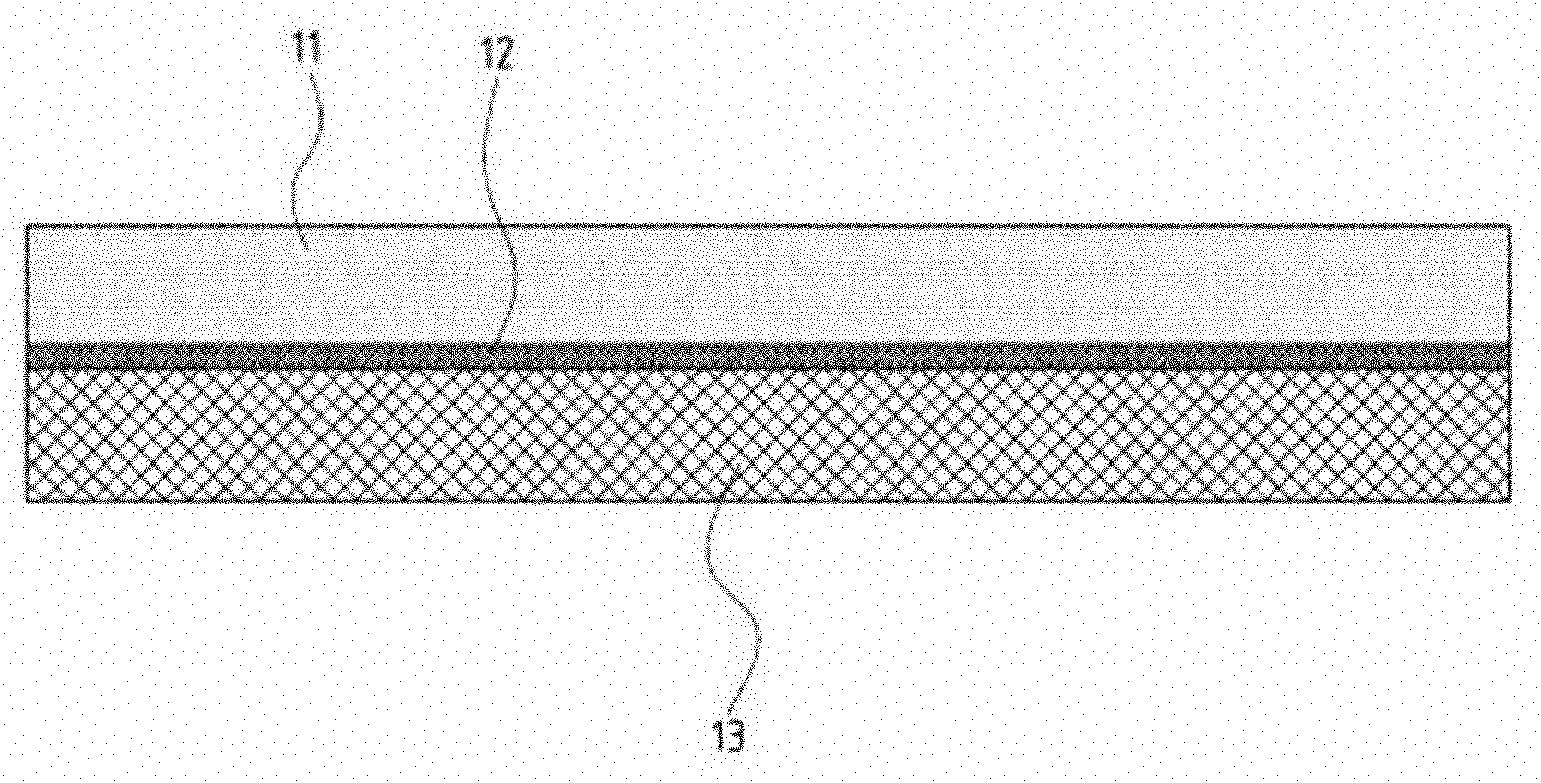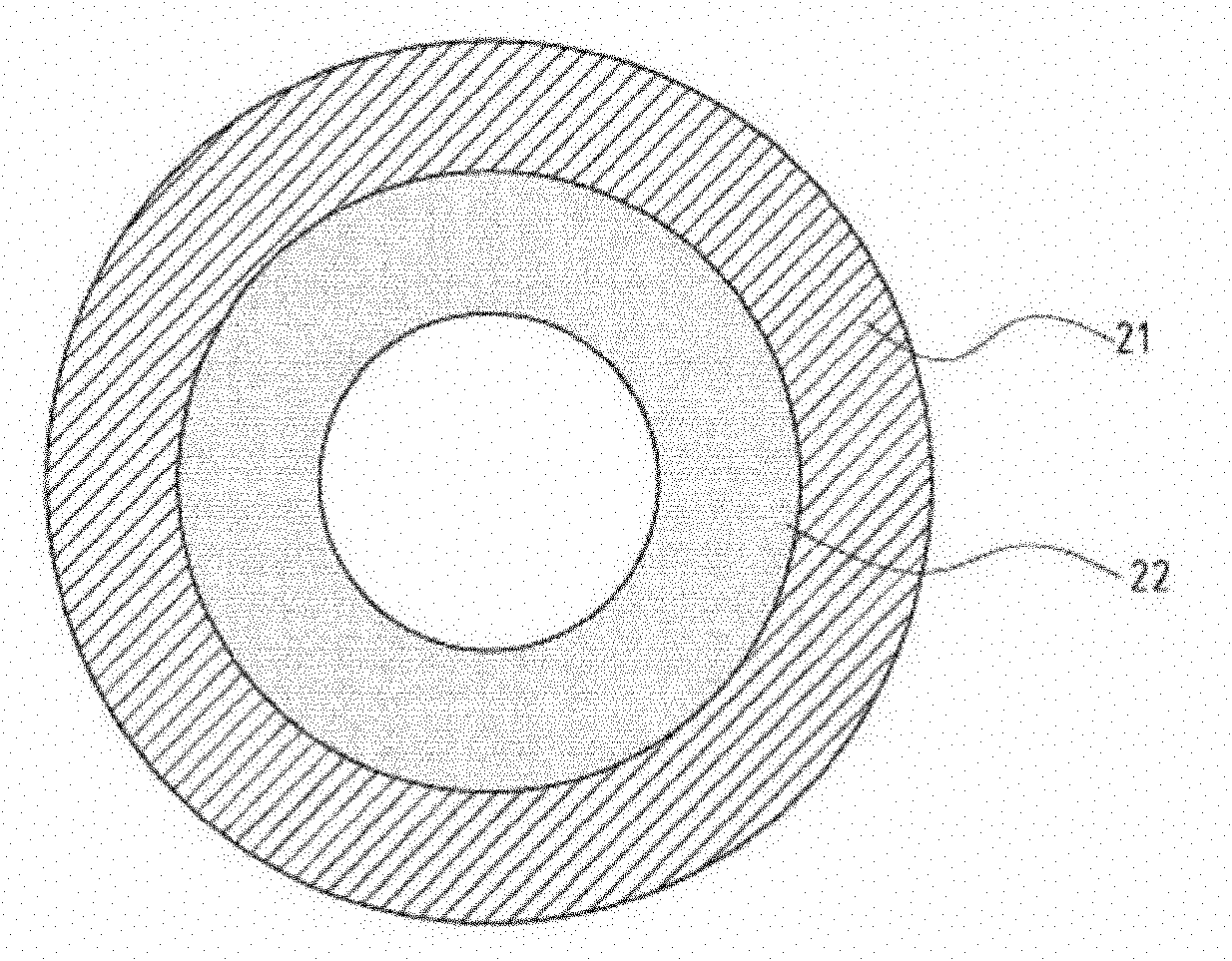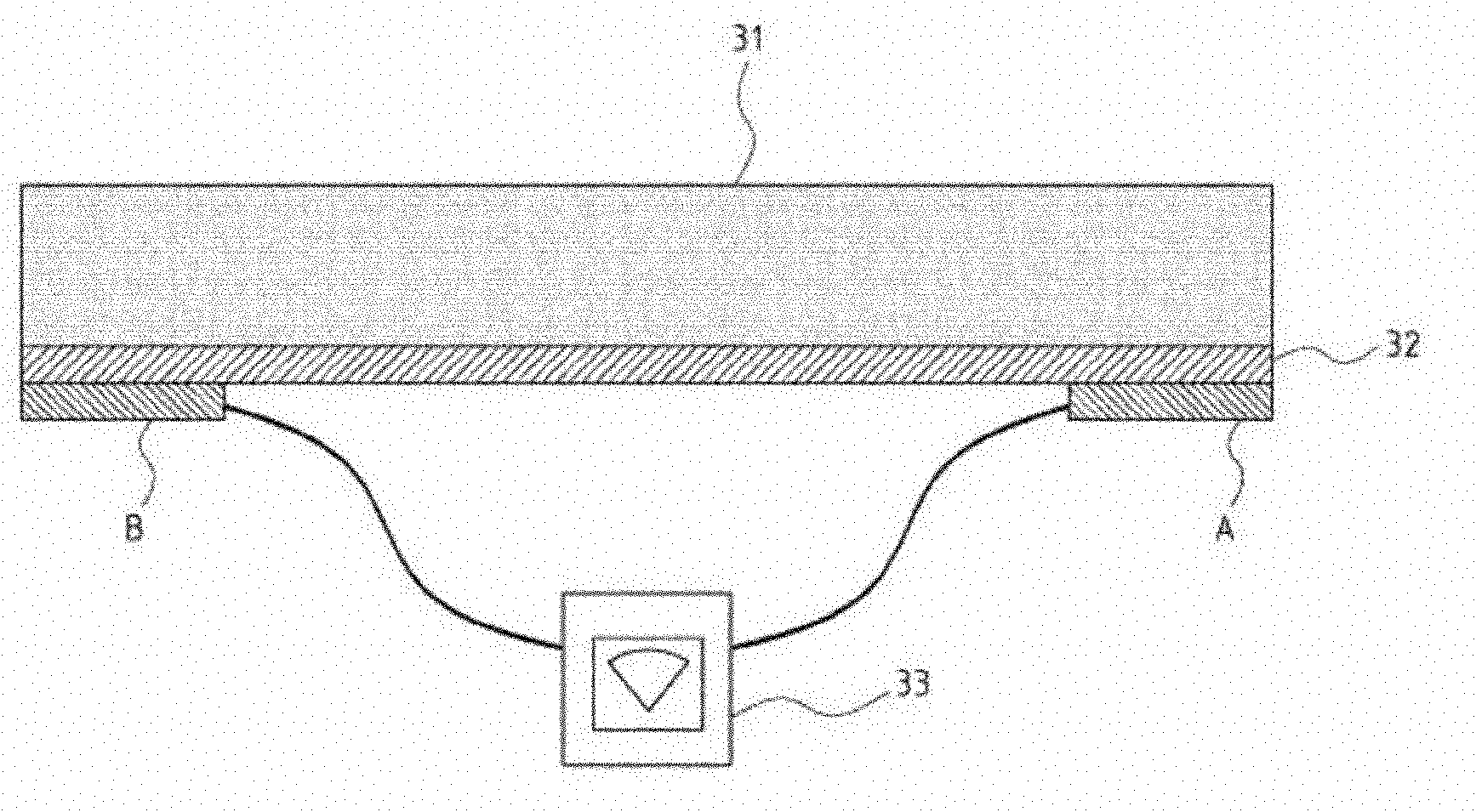Porous ceramics composition, preparation method and application thereof
A composition and porosity technology, which is applied in the field of porous ceramic composition and its preparation, can solve the problems such as inability to achieve satisfactory results, and achieve the effects of low production cost, uniform pore size distribution, and easy process control.
- Summary
- Abstract
- Description
- Claims
- Application Information
AI Technical Summary
Problems solved by technology
Method used
Image
Examples
Embodiment 1
[0038] The raw materials of the porous ceramic composition are composed of powder main material, binder, pore forming agent and dispersant. According to the mass ratio, the powder main material: binder: pore forming agent: dispersant is 1 :0.05:0.3:0.3.
[0039] The main materials of the powder and granular body are silicon carbide powder and boron nitride powder.
[0040] The metal powders are titanium powders.
[0041] The metal powders are titanium oxide powders or zirconium oxide powders.
[0042] The binder is selected from borate and aluminate composed of at least one element of Group 3A or Group 4A, Group 5A, Group 6A, alkali metal group and alkaline earth metal group in the periodic table of chemical elements. Salt, aluminosilicate, carbonate, silicate, phosphate and other metal salts.
[0043] The void former is selected from titanium.
[0044] The dispersant is selected from hydrocarbons or water, and the hydrocarbons are selected from at least one of alcohols, e...
Embodiment 2
[0049] Similar to Example 1, the difference is that the mass ratio of the main powder and granular material: binder: hole forming agent: dispersant is 1:0.1:0.4:0.2.
[0050] The main material of the powder is non-metal powder or metal powder; the non-metal powder is silicon carbide powder, or aluminum nitride powder and silicon nitride powder.
[0051] The metal powder is zirconium powder, or vanadium powder and aluminum powder, or vanadium oxide powder, or aluminum oxide powder and zinc oxide powder.
[0052] The binder is selected from borates and aluminates composed of at least one element of Group 3A, Group 4A, Group 5A, Group 6A, alkali metal group and alkaline earth metal group in the periodic table of chemical elements. Salt, aluminosilicate, carbonate, silicate, phosphate and other metal salts.
[0053] The hole forming agent is aluminum.
[0054] The dispersant is selected from hydrocarbons or water, and the hydrocarbons are selected from at least one of alcohols, ...
Embodiment 3
[0056] Similar to Example 1, the difference is that the mass ratio of the main powder and granular material: binder: hole forming agent: dispersant is 1:0.25:0.1:0.5.
[0057] The main material of the powder is non-metal powder or metal powder; the non-metal powder is aluminum nitride powder, or silicon nitride powder and silicon-aluminum carbon powder.
[0058] The metal powder is zinc powder, or manganese powder and iron powder, or aluminum oxide powder and iron oxide powder.
[0059] The binder is selected from borates and aluminates composed of at least one element of Group 3A, Group 4A, Group 5A, Group 6A, alkali metal group and alkaline earth metal group in the periodic table of chemical elements. Salt, aluminosilicate, carbonate, silicate, phosphate and other metal salts.
[0060] The hole forming agent is copper.
[0061] The dispersant is selected from hydrocarbons or hydrocarbons, and the hydrocarbons are selected from at least one of alcohols, ethers, lipids, alip...
PUM
| Property | Measurement | Unit |
|---|---|---|
| Bulk density | aaaaa | aaaaa |
| Compressive strength | aaaaa | aaaaa |
| Particle size | aaaaa | aaaaa |
Abstract
Description
Claims
Application Information
 Login to View More
Login to View More - R&D
- Intellectual Property
- Life Sciences
- Materials
- Tech Scout
- Unparalleled Data Quality
- Higher Quality Content
- 60% Fewer Hallucinations
Browse by: Latest US Patents, China's latest patents, Technical Efficacy Thesaurus, Application Domain, Technology Topic, Popular Technical Reports.
© 2025 PatSnap. All rights reserved.Legal|Privacy policy|Modern Slavery Act Transparency Statement|Sitemap|About US| Contact US: help@patsnap.com



